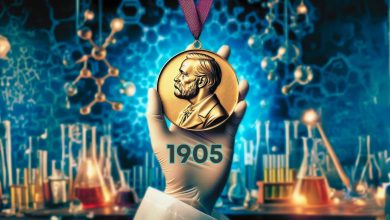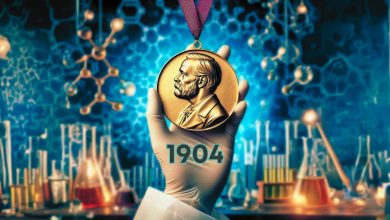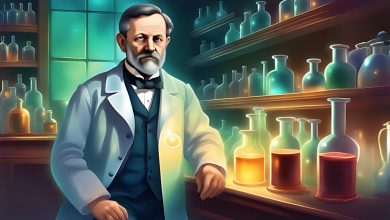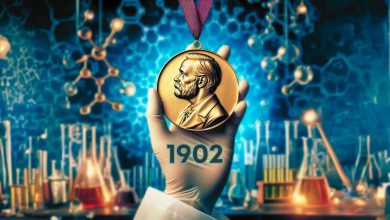Nobel Chemistry Award – 1903 – Svante August Arrhenius
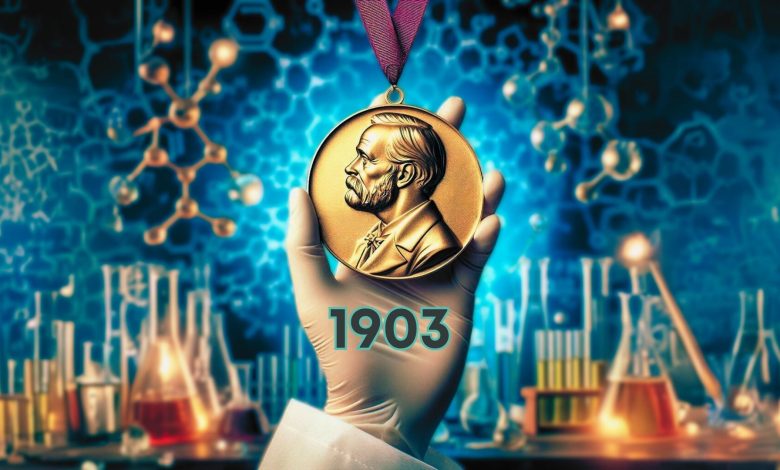
“due to the electrolytic theory of decomposition”

Born in 1859 in Sweden, Svante August Arrhenius was connected to the Nobel Committee long before he received the Nobel Prize in Chemistry in 1903. In 1900, he was part of the team preparing for the establishment of the Nobel Institute and the Prize Committee. Since he started his career as a physicist, he was a full member of the Nobel Physics Committee and an unofficial member of the Chemistry Committee. During this period, he was accused of awarding Nobel Prizes to chemists who were his friends and not to chemists he considered his enemies. Despite all these accusations, everyone agreed that Arrhenius was an extremely successful scientist.
Arrhenius started his education in physics, but the event that pushed him into chemistry was that he had a bad relationship with the physics teachers in the department and the only teacher who could guide him was a chemist. Thus, he started his first studies in the field of physical chemistry. His first focus was the conductivity of electrolytes.
Let us first consider electrolytes. Electrolytes are media that can conduct electricity through the ions in them and do not use electrons during this conduction. To create such media, ion-producing substances such as salts, acids and bases must be added to liquids with solvent properties. The most common example is a saline solution. Water is capable of dissolving salt. Salt, on the other hand, has a structure that can dissociate when it comes into contact with water. This dissociation into its ions was another topic that Arrhenius examined.
Compounds such as salt are formed by combining different elements. The elements that make up salt are sodium (Na) and chlorine (Cl). When these two elements come together to form salt, they exchange one electron. At the end of this exchange, sodium becomes positively charged by giving electrons and chlorine becomes negatively charged by taking electrons. As long as the salt remains solid, these two elements stand side by side due to the attraction of opposite poles. However, as soon as the substance comes into contact with water, it dissolves and the charged elements that make it up, the ions, dissipate. Thus, the dissociation of salt in water forms an electrolyte.


Arrhenius worked on this subject as his doctoral thesis and then deepened his studies even further. In 1903, these studies, which he started in 1884, brought him the Nobel Prize in Chemistry. Because of his publications on how acids form hydrogen ions (H+) and bases form hydroxide ions (OH-) when dissolved in water, the terms ‘Arrhenius Acid’ and ‘Arrhenius Base’ were added to the dictionary of chemistry.
He continued to be interested in science and to write both textbooks and popular science books until his death in 1927.
Bibliography and Further Reading
The Nobel Prize in Chemistry 1903. (n.d.). NobelPrize.org. https://www.nobelprize.org/prizes/chemistry/1903/summary/
Kimyadenizi. (n.d.). İyon Dipol Etkileşimleri İyon İndüklenmiş Dipol Etkileşimleri iyon dipol Örnekleri – kimyadenizi.com. https://www.kimyadenizi.com/9konu/iyon-dipol-etkilesimleri/
Atkins P. and de Paula J. Physical Chemistry (8th ed. W.H.Freeman 2006) p.763
Enderby, J E; Neilson, G W (1 June 1981). “The structure of electrolyte solutions”. Reports on Progress in Physics. 44 (6): 593–653



